Edson Bollis
Efficient LLMs with AMP: Attention Heads and MLP Pruning
Apr 29, 2025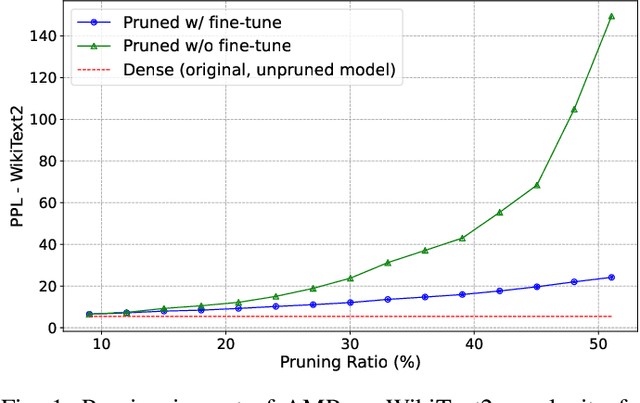
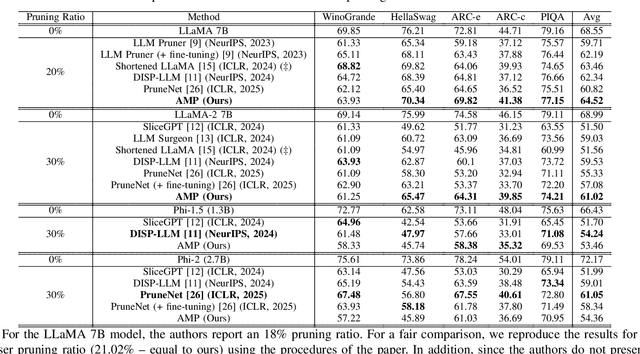


Abstract:Deep learning drives a new wave in computing systems and triggers the automation of increasingly complex problems. In particular, Large Language Models (LLMs) have significantly advanced cognitive tasks, often matching or even surpassing human-level performance. However, their extensive parameters result in high computational costs and slow inference, posing challenges for deployment in resource-limited settings. Among the strategies to overcome the aforementioned challenges, pruning emerges as a successful mechanism since it reduces model size while maintaining predictive ability. In this paper, we introduce AMP: Attention Heads and MLP Pruning, a novel structured pruning method that efficiently compresses LLMs by removing less critical structures within Multi-Head Attention (MHA) and Multilayer Perceptron (MLP). By projecting the input data onto weights, AMP assesses structural importance and overcomes the limitations of existing techniques, which often fall short in flexibility or efficiency. In particular, AMP surpasses the current state-of-the-art on commonsense reasoning tasks by up to 1.49 percentage points, achieving a 30% pruning ratio with minimal impact on zero-shot task performance. Moreover, AMP also improves inference speeds, making it well-suited for deployment in resource-constrained environments. We confirm the flexibility of AMP on different families of LLMs, including LLaMA and Phi.
Weakly Supervised Attention-based Models Using Activation Maps for Citrus Mite and Insect Pest Classification
Oct 02, 2021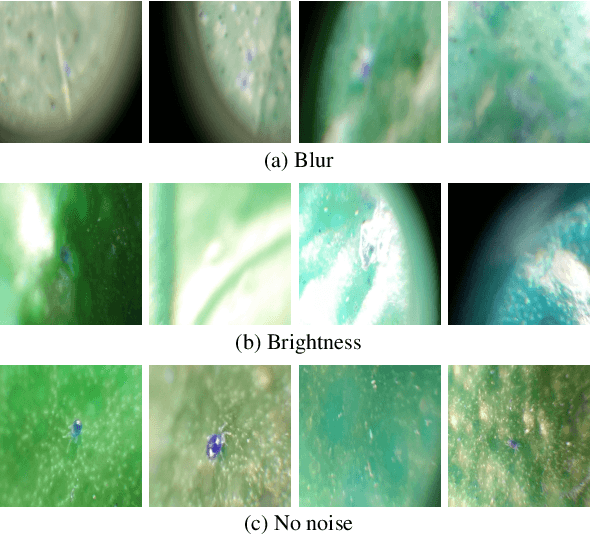

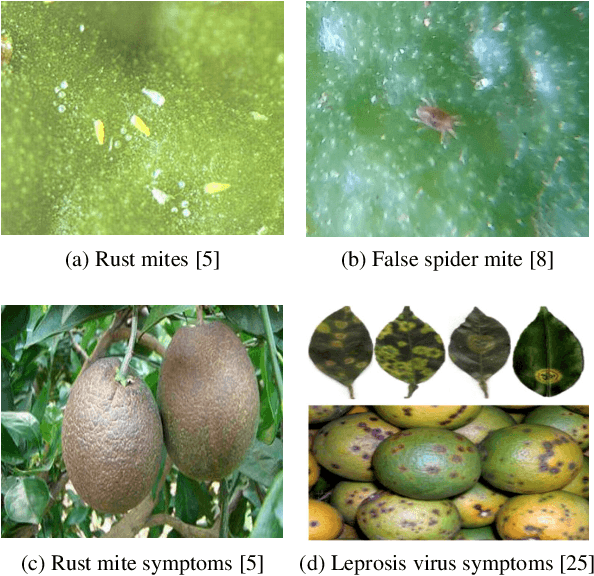

Abstract:Citrus juices and fruits are commodities with great economic potential in the international market, but productivity losses caused by mites and other pests are still far from being a good mark. Despite the integrated pest mechanical aspect, only a few works on automatic classification have handled images with orange mite characteristics, which means tiny and noisy regions of interest. On the computational side, attention-based models have gained prominence in deep learning research, and, along with weakly supervised learning algorithms, they have improved tasks performed with some label restrictions. In agronomic research of pests and diseases, these techniques can improve classification performance while pointing out the location of mites and insects without specific labels, reducing deep learning development costs related to generating bounding boxes. In this context, this work proposes an attention-based activation map approach developed to improve the classification of tiny regions called Two-Weighted Activation Mapping, which also produces locations using feature map scores learned from class labels. We apply our method in a two-stage network process called Attention-based Multiple Instance Learning Guided by Saliency Maps. We analyze the proposed approach in two challenging datasets, the Citrus Pest Benchmark, which was captured directly in the field using magnifying glasses, and the Insect Pest, a large pest image benchmark. In addition, we evaluate and compare our models with weakly supervised methods, such as Attention-based Deep MIL and WILDCAT. The results show that our classifier is superior to literature methods that use tiny regions in their classification tasks, surpassing them in all scenarios by at least 16 percentage points. Moreover, our approach infers bounding box locations for salient insects, even training without any location labels.
Weakly Supervised Learning Guided by Activation Mapping Applied to a Novel Citrus Pest Benchmark
Apr 22, 2020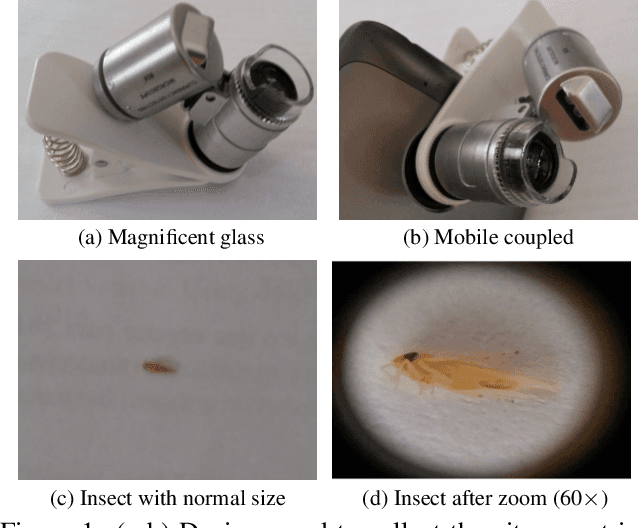
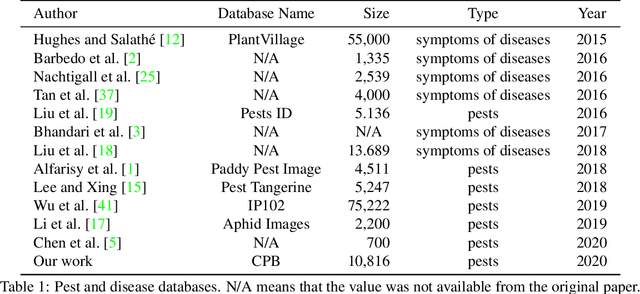
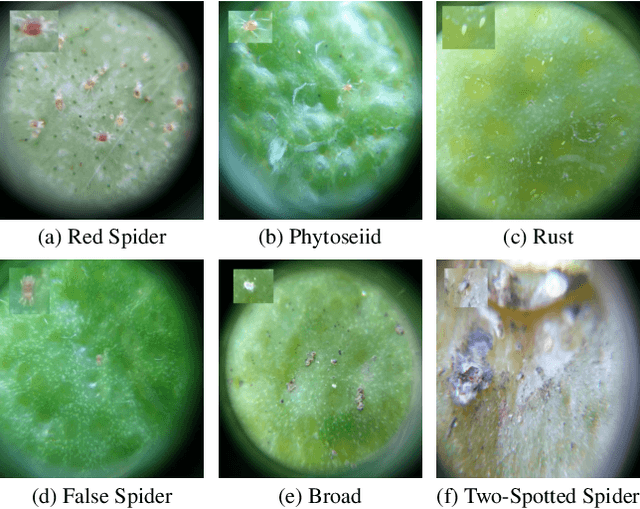
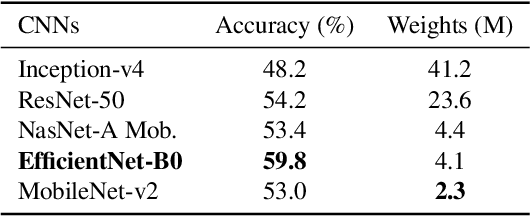
Abstract:Pests and diseases are relevant factors for production losses in agriculture and, therefore, promote a huge investment in the prevention and detection of its causative agents. In many countries, Integrated Pest Management is the most widely used process to prevent and mitigate the damages caused by pests and diseases in citrus crops. However, its results are credited by humans who visually inspect the orchards in order to identify the disease symptoms, insects and mite pests. In this context, we design a weakly supervised learning process guided by saliency maps to automatically select regions of interest in the images, significantly reducing the annotation task. In addition, we create a large citrus pest benchmark composed of positive samples (six classes of mite species) and negative samples. Experiments conducted on two large datasets demonstrate that our results are very promising for the problem of pest and disease classification in the agriculture field.
Combating the Elsagate phenomenon: Deep learning architectures for disturbing cartoons
Apr 18, 2019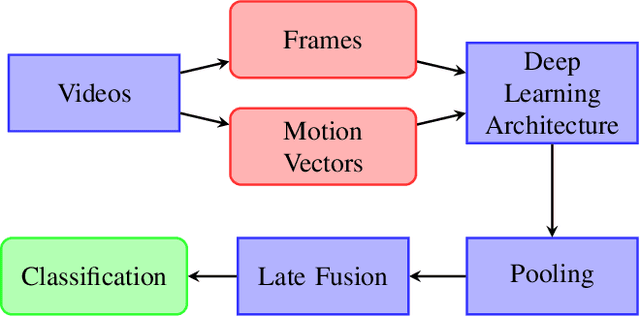
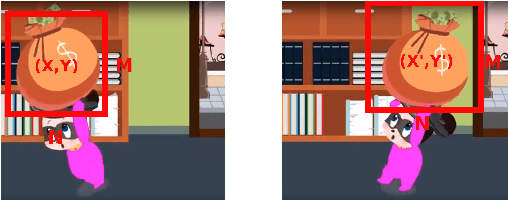
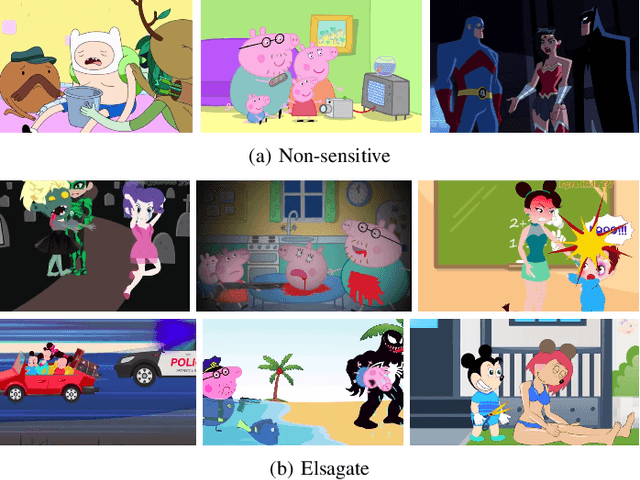
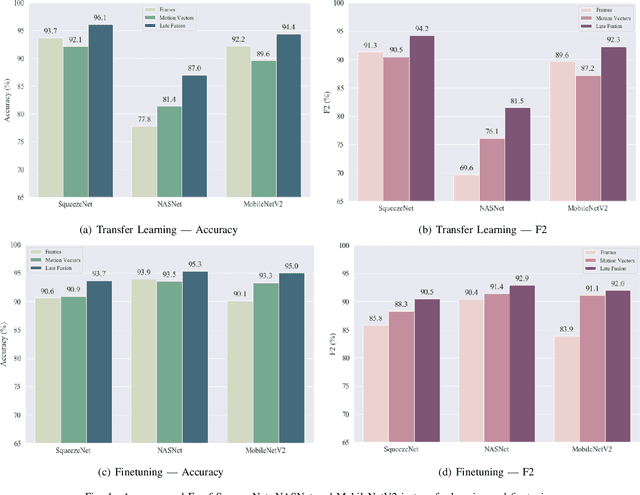
Abstract:Watching cartoons can be useful for children's intellectual, social and emotional development. However, the most popular video sharing platform today provides many videos with Elsagate content. Elsagate is a phenomenon that depicts childhood characters in disturbing circumstances (e.g., gore, toilet humor, drinking urine, stealing). Even with this threat easily available for children, there is no work in the literature addressing the problem. As the first to explore disturbing content in cartoons, we proceed from the most recent pornography detection literature applying deep convolutional neural networks combined with static and motion information of the video. Our solution is compatible with mobile platforms and achieved 92.6% of accuracy. Our goal is not only to introduce the first solution but also to bring up the discussion around Elsagate.
 Add to Chrome
Add to Chrome Add to Firefox
Add to Firefox Add to Edge
Add to Edge